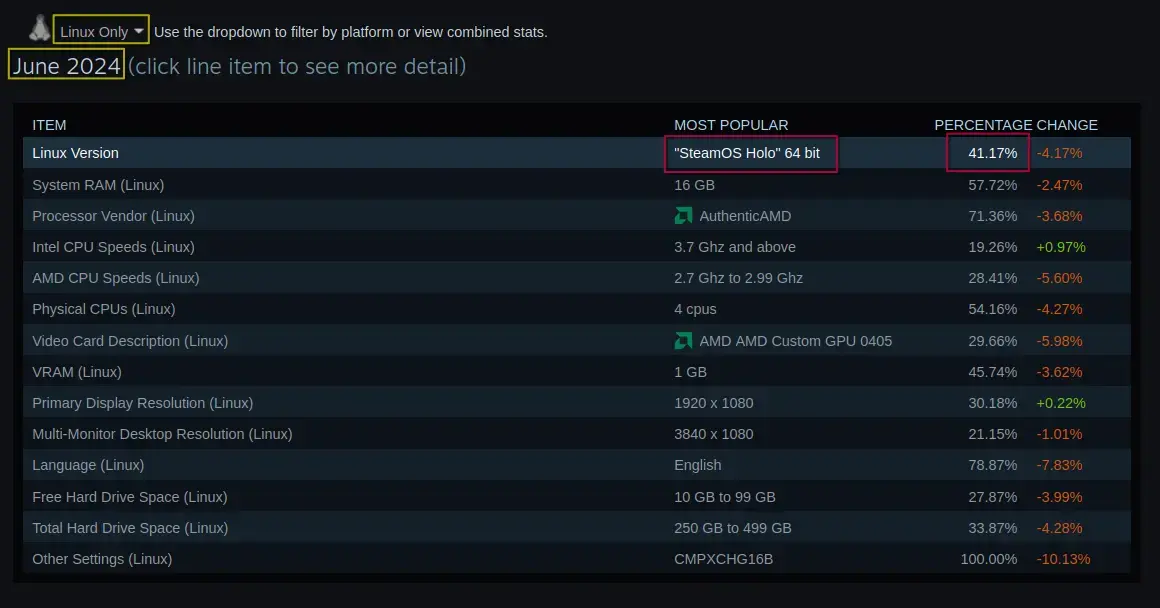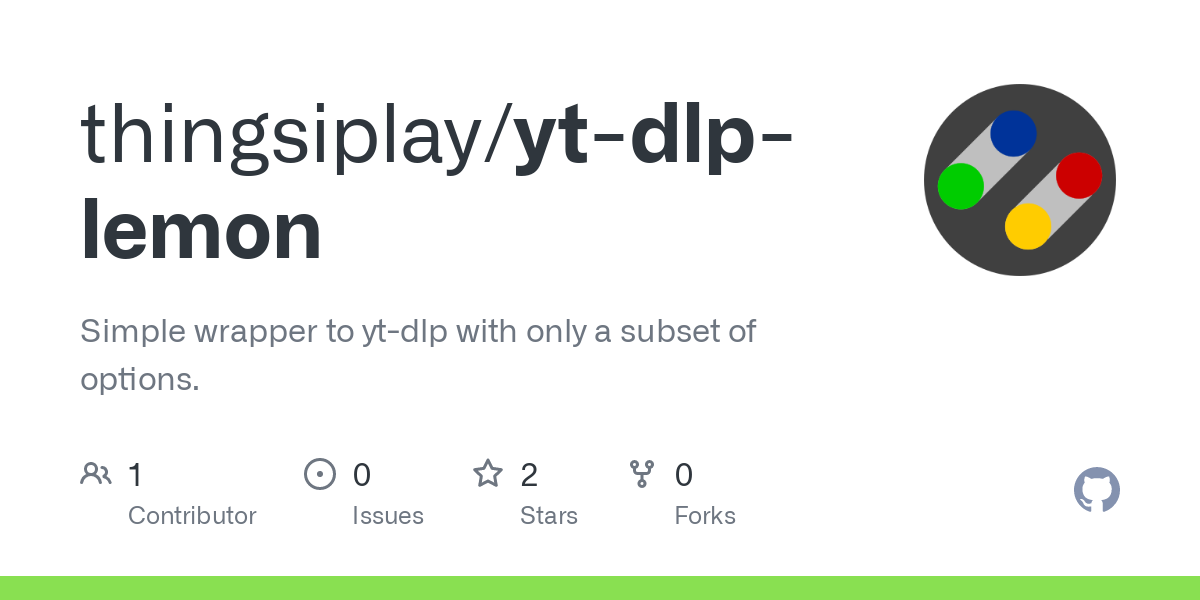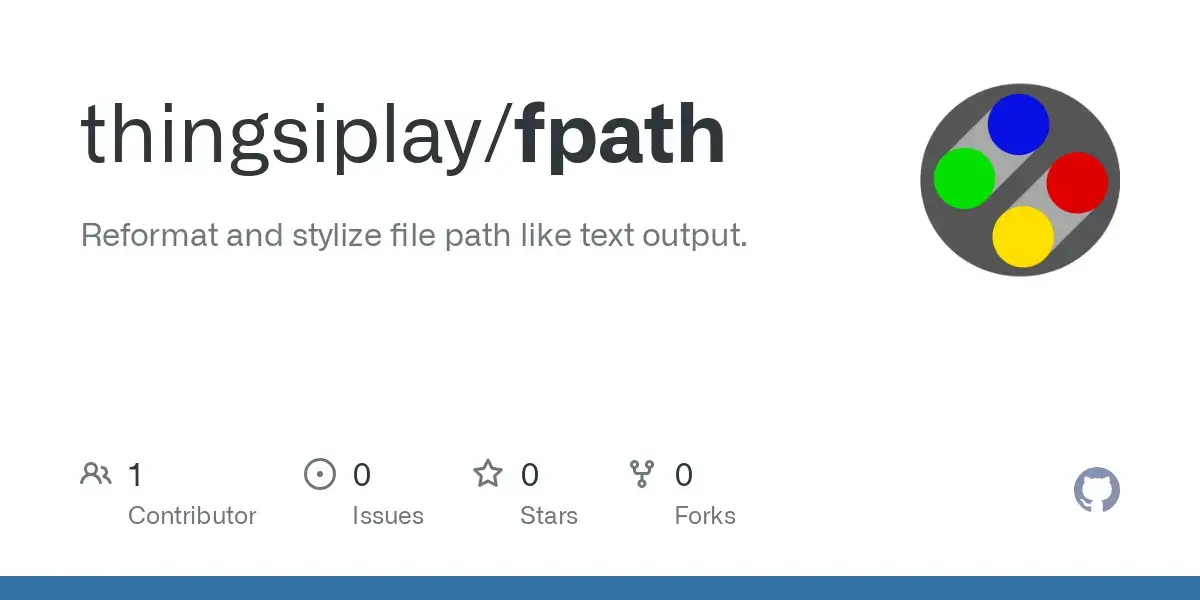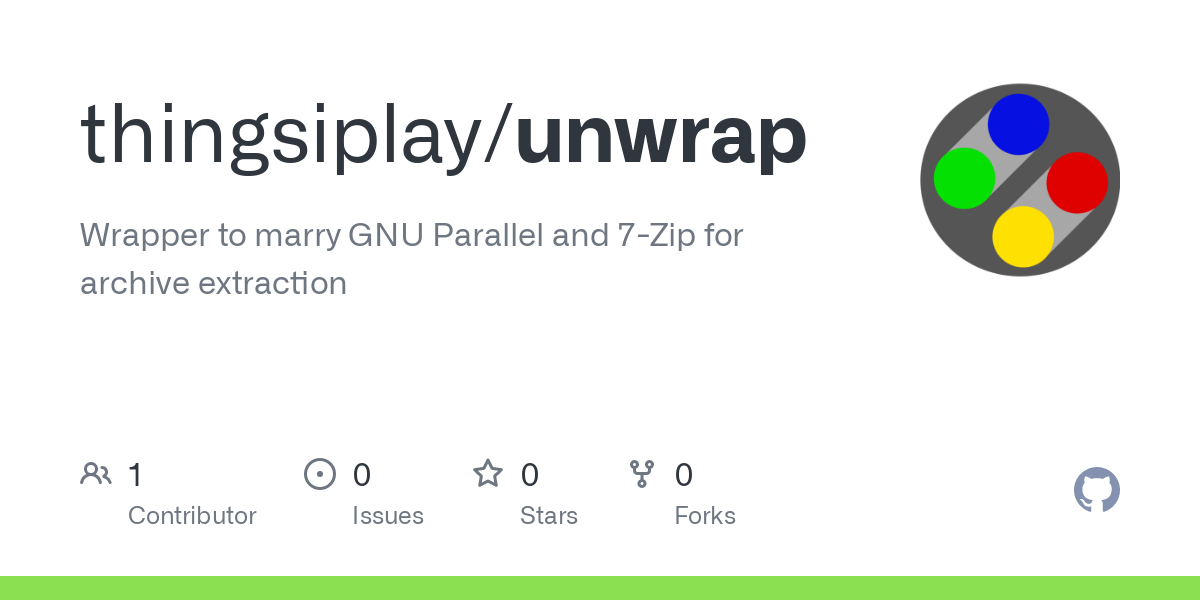That’s because federated content is probably copied, rather than linked.
I’m here to stay.
- 11 Posts
- 250 Comments
Oh, I deleted my reply a while ago. But you seem to be able to see it still.
The Videos name change is meant, if I mount the folder on my drive to /home/name/Videos, then next time I mount anything to that place when replacing the drive, then /home/name/Videos will stay the same. That means any application using that path won’t change. That’s the majority how I use my multiple internal drives. I just mount them to fixed positions I use for decades, like in my home.
I prefer directories over partitions, because I can easily rename directories and place them to other places without ever partitioning or resizing again.
Why? Are you talking about removing the drive that contains /?
About the not being able to boot, no I don’t mean the drive that contains the root /. When I mount drives with the /etc/fstab file, then the system tries to mount them on boot time. If the directory that is mounted or the drive is no longer available or I unplug it (lets say when I replace my Documents drive), then at boot time the system tries to mount something that does no longer exist in their view, according to the fstab file.
By default (at least on my current system EndevaourOS, based on Arch) the system stops booting. It gives me the option to ignore that mount entry, so I can boot again. But if I had not this option to ignore, then one has to edit the /etc/fstab file to outcomment those sections; in example with a boot cd or usb drive. Normally not a problem, but just telling it here, so in case you know what to do (if you ever go that route).
deleted by creator

 2·2 days ago
2·2 days agoIt’s still useful with all its functionality. Even if it does not get updates, it still blocks most stuff and I can enable or block stuff too. Plus the blocklists it uses are still updated, as they act independently from the main addon. There is no better alternative in my opinion. I use uMatrix + uBlock Origin.

 1·2 days ago
1·2 days agoValid point to be honest, but the answer is probably more than you think. I have a PC and still used the Steam Deck to browse the web too, not at least to install stuff. Also searching something while playing is useful too. Its made to be docked to bigger screen as well.
While you are probably right, my point was its still a PC, because he compared it to Android. And why this is hugely different. His point was to exclude Steam Deck, because it is not a PC, just like we would exclude Android. This data from the stats probably does not make a difference if its a Steam Deck or not (nor can it tell it? because browsing is the same as on PC, its an Archlinux and regular browser after all). On the other side it can definitely tell if its Android and exclude it.
So regardless if you think people browse the web with Steam Deck or not, this data should not be able to tell the difference between most distributions and Steam Deck, as its just a normal PC with Firefox (or other web browser) from the point of the stats. Just my assumption.

 31·3 days ago
31·3 days agoWhat does significant portion mean to you?

 161·3 days ago
161·3 days agoSource is the Steam hardware survey set to show Linux data only. He forgot to mention the statement is only true for Steam Gamers, not for all of Linux desktops outside of Steam.


 4·3 days ago
4·3 days agouMatrix prevents me from loading this statcounter website. :-( Can’t lookup how they measure things. In the comments people assume the stats would be counted by just looking up the user agent, which is a naive approach. I don’t think agencies dedicated to stats are doing it this simple. They have way more possibilities to track and to look what browser you are using. The stats are more accurate than you probably think. They do not need to know the exact version of browser you are using, just which type and maybe what operating system you are on.
If a script for Windows does not work on Linux and fails, then they know you are not on Windows in example.

 10·3 days ago
10·3 days agoSteam Deck is a desktop. It is exactly the same PC hardware and software you are using on your desktop PC. It runs the same games and is software compatible. Steam Deck is a desktop PC.
Android has a different hardware (not x86 compatible), is focused on phones, its eco system of software is not compatible with PC and in reverse does not run your PC software. Android based smartphones are not a PC.

 41·3 days ago
41·3 days agoHalf of the Linux machines on Steam, not the entirety of Linux.

 83·3 days ago
83·3 days ago- trust: The biggest trust factor difference to me is, who manages the package and how it is installed. Both are not packaged by my distribution maintainers, therefore I have trust issues with a program that important. However both are available as Flatpak. So I would recommend to install it this way.
- updates: Another big factor is how often these are updated, especially security patches. In example for any Firefox based browser, I would not want to wait longer than 1 day before the fork is on the same version as the mainline Firefox.
I personally would prefer LibreWolf over Mullvad, because it is based off Firefox.
It’s not a big deal to anyone except you.
Wrong, this is a big deal for the developers, for the users and for any maintainer of packages.
And this wasn’t a big change or new feature so they decided to implement it. It’s pretty bold to assume this was a huge change.
It is by definition a big change. And I defined it in my first reply. As you ignore all of this and waste my time, I will not read any further and block you now.
The KDE team really should consider a 1 year bug hunting phase without bigger changes like the thing about desktop edit mode we discussed here. This is my suggestion.
Compared to what I am talking about it is a huge change. My suggestion is not to do this. How I know it? Because I said so. It is my suggestion. Can we stop arguing about semantics and definitions of words? That’s not the point of my suggestion.
My suggestion is to not do such big changes for 1 year and only focus on bug fixes and small changes for the developer and for the user. That’s the point. The desktop edit change is a HUGE change with new logic. It’s incredible complex compared to what I am suggesting.
It is not irrelevant to me and I made it multiple times clear. Its a suggestion by me, regardless of what terminology you use or the team uses. The desktop edit change is a big change which I suggest not to do for a year. Only bug fixes and small changes that enhance and improve usability. The desktop edit change is a huge change for the developers and for the end user, with lot of background changes to make it work correctly, with lot of fixes after it.
Something that complex is not a small change and is not irrelevant for the topic I brought up. I made it multiple times clear now, I don’t know why you are still act like this. It’s not a definition of a term we are trying to agree, I don’t care the term.
I don’t agree with you and explicitly listed it in my first reply as an example of what I consider a big change.
You misunderstand me. They can write new code and be ready when the bug hunting phase is over. The end user only gets bug fixes. Later they can backport any new feature after the phase.
I guess you meant this as a joke, but for clarification, I meant no big changes such as new desktop edit mode. I wish the team would just focus of bug fixes and enhancements without introducing new elements or changing things up in a big way like this.

 3·5 days ago
3·5 days agodeleted by creator









That’s great! I didn’t know this (obviously). I will read into this option more, before making changes. It’s not something I need much often (really only happened a few times in a decade). But its good to know!